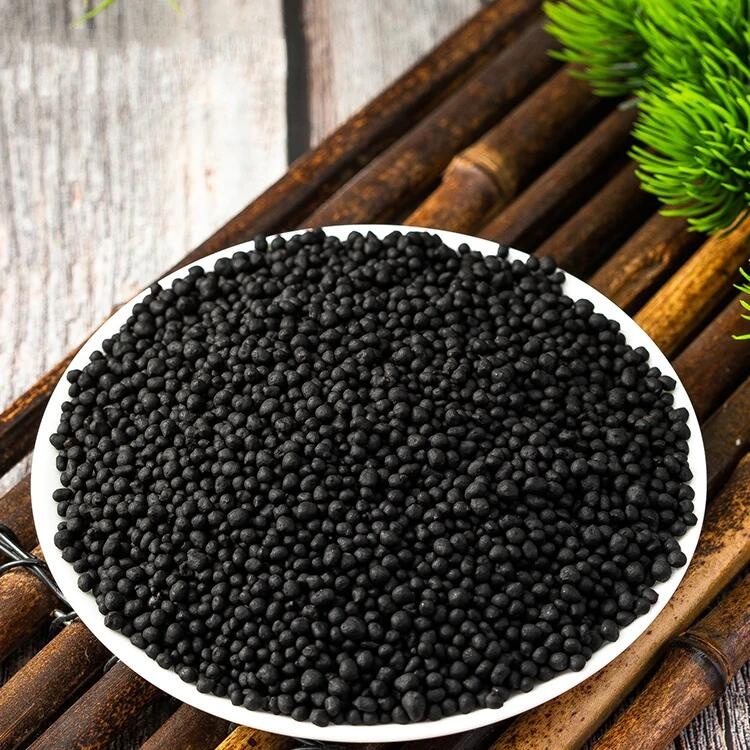Fulvic acid and humic acid are two commonly used organic substances in agriculture, environmental protection and soil improvement. There are some differences between them in terms of composition, properties and uses. Below, we will compare and analyze these two substances in detail.

1. Composition difference
Fulvic acid is a yellow organic acid, which is mainly formed by microbial decomposition of plant residues. It contains a variety of functional groups, such as carboxyl, phenolic hydroxyl, etc., and has high chemical activity and adsorption capacity. Humic acid is a black organic substance, which is mainly formed by long-term microbial decomposition of plant and animal residues in soil or water. Humic acid has a complex structure, containing a variety of organic acids and phenolic compounds, with a large molecular weight, good stability and adsorption performance.
2. Difference in properties
Fulvic acid has strong acidity and can exchange with cations in the soil to improve the pH of the soil and improve the fertility of the soil. In addition, fulvic acid has good water solubility and can quickly penetrate into the soil to promote the absorption and utilization of nutrients by plants. Humic acid has good ion exchange capacity and adsorption performance, which can absorb heavy metal ions and harmful substances in the soil and reduce their harm to plants. In addition, humic acid also has good water retention and aeration, which can improve the physical properties of the soil and improve the water retention and aeration of the soil.
3. Differences in use
Fulvic acid is mainly used in soil improvement and plant growth regulation. It can improve soil fertility, promote plant growth and development, and increase crop yield and quality. At the same time, fulvic acid can also be used to make fertilizers, plant growth regulators, soil conditioners and other products. Humic acid is mainly used in environmental protection and agriculture. It can absorb harmful substances in water bodies, purify water quality, and reduce water pollution. In agriculture, humic acid can be used in soil improvement and fertilizer manufacturing to improve soil fertility and crop yield.
In summary, although fulvic acid and humic acid are both organic substances, there are some differences in composition, properties and uses. Fulvic acid has strong acidity and water solubility, and is mainly used in soil improvement and plant growth regulation, while humic acid has good ion exchange capacity and adsorption properties, and is mainly used in environmental protection and agriculture. In practical applications, appropriate substances should be selected according to specific needs and situations to achieve the best results.



